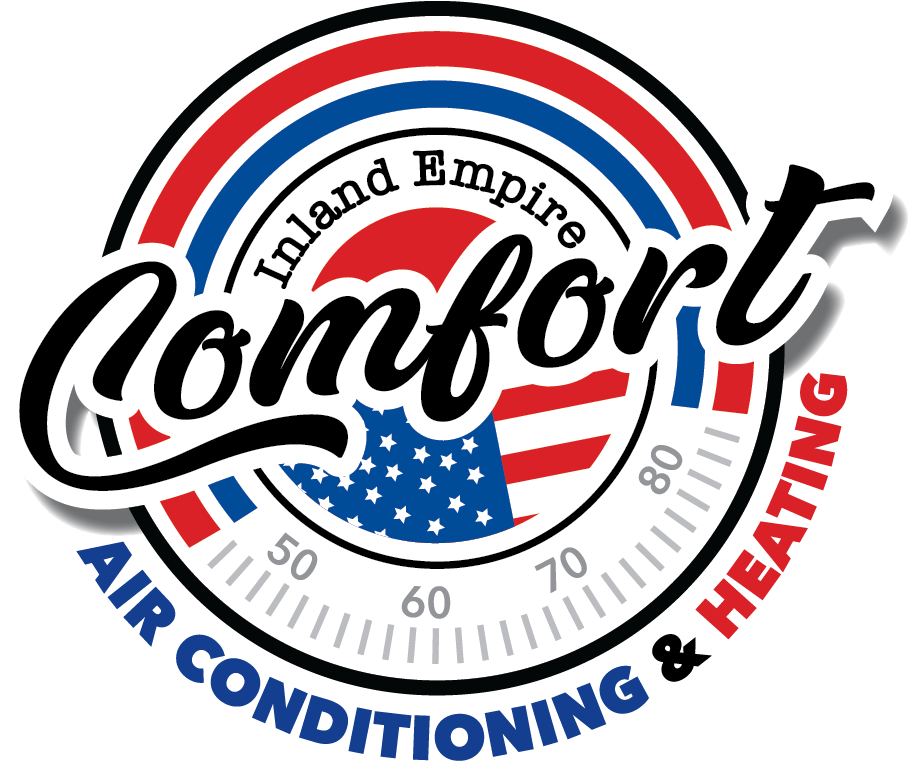The 6 Types of Residential HVAC Systems
A properly functioning heating and cooling system can make a huge difference in your home. Many choices exist whether you're moving into a new home or need to upgrade your system.
With so many choices, picking the correct unit can be challenging. In addition, every home comes with its own requirements. So we'll explore six types of residential HVAC systems to make the process easier.
Of course, instead of upgrading your system, you may need quick air conditioner repair by Inland Empire Comfort in Riverside, CA.
1. Heating and Air Conditioning Split Systems
The first residential HVAC systems to consider are heating and air conditioning split systems. These split systems contain an indoor unit and an outdoor unit. Outdoor units have a compressor and a condenser, while indoor units have a blower and an evaporator coil.
This type of system is now the most popular among homeowners. Using this system, you can easily connect an air conditioner to a heat pump or a furnace. This system uses various pipes to circulate refrigerant between its indoor and outdoor units.
The main advantage of this system is that homeowners can easily control temperatures using a thermostat. In addition, when using mini-split systems, homeowners don't need to mess with extensive ductwork.
Besides saving money, homeowners can also regulate temperatures in individual rooms.
2. Central Heat Pump Split Systems
A central heat pump split system resembles an air conditioner split system. For example, these heat pumps also have indoor and outdoor units. However, these systems are different because they use a reversing valve.
This component reverses flowing refrigerant, moving heat from the outside and into your home. As a result, heat pump split systems are optimal for warmer areas only with mild cold seasons.
Many homes will still need a traditional heating system. However, a central heat pump split system means less work and better energy savings.
3. Central Air Conditioning and Gas Split Systems
Homeowners can also invest in a central air conditioning and gas split system. A typical set-up is using an electric air conditioner alongside a gas-powered furnace. Both systems pair well, allowing you to control your home's heating and cooling.
This option is excellent for homeowners needing a powerful cooling system alongside a robust heating unit. Areas with rough winters and moderately hot summers benefit from this set-up.
These types of residential HVAC systems will require you to install ductwork. Additionally, a furnace will need a gas line hooked up to your home.
4. Packaged HVAC Units
Packaged heating or cooling systems are common types of HVAC units homeowners install. The main advantage of these systems is that they're straightforward to install. In addition, instead of a split system that has both indoor and outdoor units, packaged units are self-contained.
Installing these units typically involves:
- Placing your packaged unit on the roof outside of your home
- Attaching all the necessary ductwork
- Connecting all the required wiring and gas lines, if applicable
Packaged HVAC units are an excellent option when homeowners don't have the space to place a furnace or other appliance.
5. Hybrid Furnace and Heat Pump Systems
A hybrid heat pump system means you have a furnace paired with a heat pump. Propane or gas powers a traditional furnace. In contrast, heat pumps essentially act as air conditioners that warm a home.
When a home's temperature falls below around 40 degrees, a heat pump's efficiency decrease. To compensate for this problem, the furnace will automatically kick on.
6. Heating and Cooling Systems for Mobile Homes
Often, mobile homes require different heating and cooling needs than other homes. A proper functioning HVAC system is necessary because mobile homes typically aren't as well-insulated as traditional homes.
Manufacturers build mobile heating and cooling systems to fit a mobile home's specific needs. Window, portable, and ductless mini-splits are all examples of cooling and heating systems used by mobile homes.
A significant advantage of these systems is that they're compact and easy to transfer. However, when choosing the right HVAC system for your home, it's best to consult a professional team first.
For Expert Services, Call Inland Empire Comfort Today
These six types of residential HVAC systems can keep your home and family comfortable. Of course, many other systems also exist, but finding the right one means giving our Inland Empire Comfort team a call. We can pair you and your home with the best HVAC system.
Know if it's all right to run your HVAC all the time by calling Inland Empire Comfort at (951) 336-1975!
You might also like
Inland Empire Comfort



